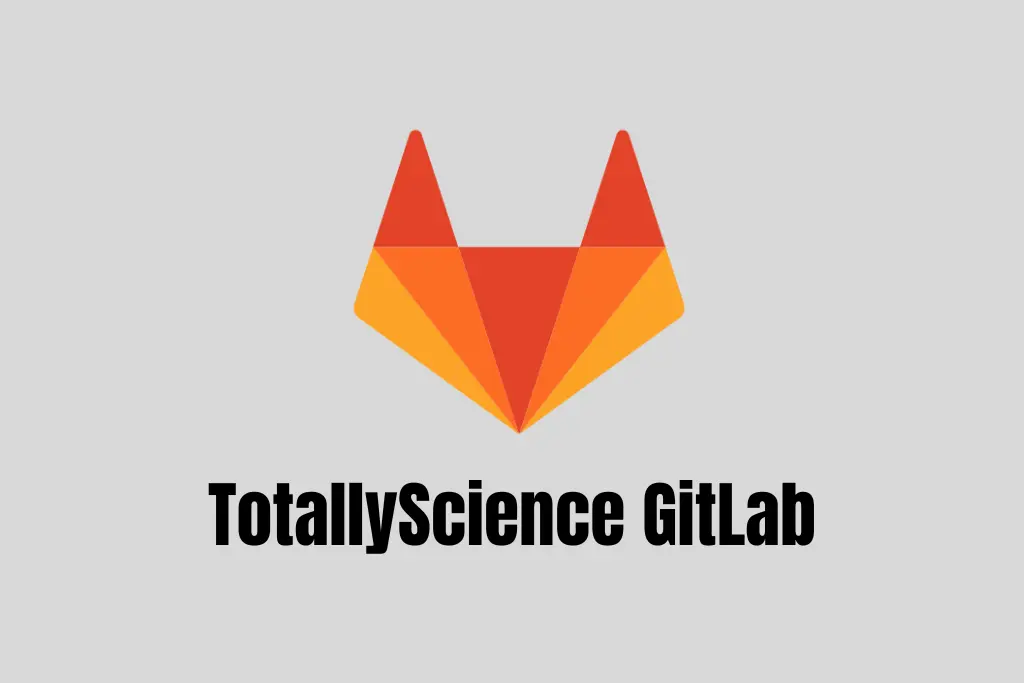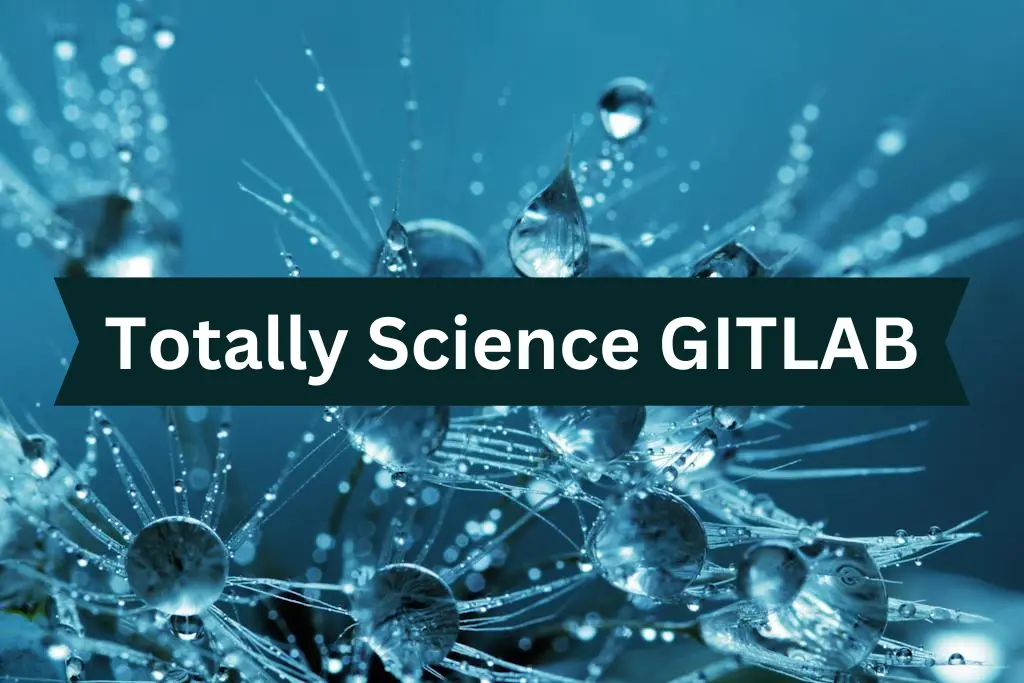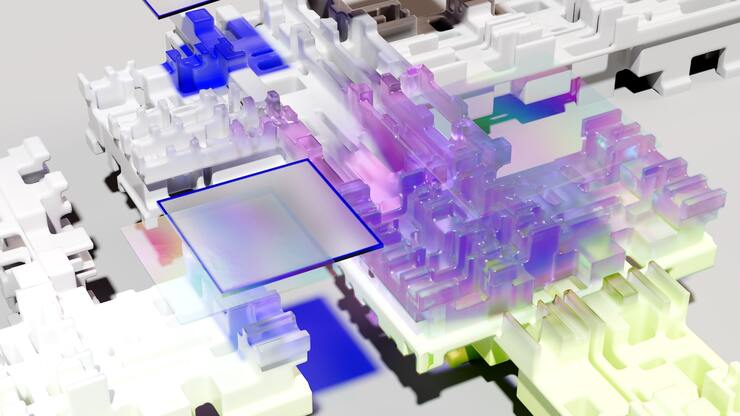What is Totally Science Gitlab – 13 Best Features
Totally Scientific GitLab is a unique application that enables researchers and developers to collaborate and manage their projects. It’s similar to a high-tech tool that allows them to easily track their work, share information, and cooperate with others.
This program adapts GitLab, which is commonly used in the software development industry, to the demands of scientists. It all boils down to making research more organized and accessible to everyone. We’ll learn more about how Totally Science GitLab improves science teamwork in this article.
What Is Totally Science GitLab?

Totally Scientific GitLab is a web platform developed to improve the efficiency with which scientists, researchers, and other professionals collaborate. It’s like a useful tool that bridges the gap between science and technology.
This platform is based on GitLab, a well-known web-based solution for maintaining computer code and ensuring its seamless operation.
Totally Scientific GitLab serves as a central location for people to maintain different versions of their work, communicate important information, and collaborate with other researchers. The idea is to systematize science and make it easier for everyone to submit their discoveries.
How to Create an Account on Totally Science GitLab?
Here are the steps for creating a Totally Science GitLab account.
- To find the official website, open your computer browser and type “TotallyScience GitLab” into the search bar.
- Go to the official website, and click on the “Sign-up” or “Register” option.
- Start the account creation process by entering the necessary information, which normally includes your full name, a valid email address, and a secure password.
- After entering the required information, click the “Create Account” or “Sign Up” button to complete the registration process.
How to Create a Project on Totally Science Gitlab?

Follow these steps to create a project on Totally Science GitLab:
1- Login
Make sure you’re logged in to your TotallyScience GitLab account. If you don’t already have an account, go through the procedures to create a new one.
2- Access the Dashboard
When you log in, you will be taken to your dashboard or the main page of your GitLab account.
3- Proceed to Projects
In the GitLab menu, look for the “Projects” tab or the “New Project” option. To start the project creation process, click on it.
4- Choose a Project Name
Give your project a name. This should be a descriptive and one-of-a-kind title that reflects the nature of your research or effort.
5- Set Project Visibility
Choose the level of visibility for your project. Typically, you can select from options such as “Public,” “Internal,” or “Private.” “Public” implies that everyone can see your project, “Internal” means that only members of your organization can see it, and “Private” means that only project members can see it.
6- Add a Project Description
Give a brief overview of your project. This assists other users in understanding the aim and objectives of your research.
7- Initialize with a README file
You are able to start your project using a README file. This file can include information about your project, its goals, and how to get started.
8- Choose a Project Template
Depending on your requirements, you can select a project template that is appropriate for your research or task. By offering a predefined structure for your project, templates can save you time.
9- Create Project
Once you’ve entered all of the necessary information and customized your project, click the “Create Project” or “Create” button to complete the project creation.
10- Obtain Access to Your Project
You’ll be sent to the main page of your new project. You can begin contributing files, collaborating with team members, and managing your research from this point.
Your project is now ready to be used for research or scientific purposes. You can continue to contribute data and documents as needed, as well as engage with your team.
13 Main Features of Totally Science Gitlab
Totally Science GitLab has the following features:
1- Version Control
A Complete Science GitLab’s version control capabilities are extensive, allowing researchers to track changes and revisions in their scientific work while also ensuring a history of all adjustments.
2- Collaboration Tools
It provides tools for seamless collaboration, allowing different researchers to work on projects together, share insights, and exchange feedback in real time.
3- Project Documentation
Researchers can generate and maintain thorough project documentation, such as experiment logs, study notes, and other important information, to help organize and reference data.
4- Data Exchange
The platform enables safe and efficient data exchange among team members, making it easy to disseminate study findings and outcomes.
5- Reproducibility
Scientific GitLab fosters open and reproducible science by allowing researchers to share their work with the scientific community, hence increasing research transparency and credibility.
6- Access Control
Users can control who has access to their projects and data, ensuring that only those who are permitted can view or update important information.
7- Issue Tracking
It includes problem-tracking and project management capabilities to assist teams in organizing activities, setting priorities, and tracking progress on their research projects.
8- Continuous Integration
TotallyScience GitLab can automate code and data testing and integration, guaranteeing that research projects are error-free and up-to-date.
9- Customization
Users can customize the platform to their individual research needs by establishing bespoke workflows and project structures relevant to their scientific specialties.
10- Security
It stresses data security and provides encryption and authentication mechanisms to safeguard important research data.
11- Integration with GitLab
Because it is an adaption of GitLab, it inherits the powerful features of GitLab’s source code management and continuous integration capabilities, transforming it into a strong platform for scientific projects.
12- Comprehensive Reporting
Researchers can write extensive reports and summaries of their studies, making it easier to disseminate findings to peers, stakeholders, and the larger scientific community.
13- User-Friendly Interface
Totally Scientific GitLab normally has an intuitive and user-friendly interface, making it easy for academics to explore and use its functionalities.
These qualities make TotallyScience GitLab a powerful tool for scientists and researchers, easing their work, improving cooperation, and promoting open science ideals.
Benefits of Using TotallyScience Gitlab
TotallyScience GitLab has significant advantages for scientists, researchers, and professionals in a variety of industries.

The following are some of the benefits of using TotallyScience GitLab:
1- Totally Science
Efficient Collaboration GitLab provides a single platform for team collaboration, allowing academics to collaborate on projects, share data, and efficiently communicate, increasing overall efficiency.
2- Version Control
Researchers can document changes and revisions in their projects, ensuring a clear history of adjustments, which is important for sustaining scientific work’s integrity and reproducibility.
3- Project Organization
The platform supports structured project documentation, making it easy to arrange research notes, experiment logs, and data.
4- Data Sharing
Data Sharing in Totally Scientific GitLab makes it easier to securely share research findings and outcomes with team members and partners, increasing data accessibility.
5- Reproducibility
By supporting open and reproducible science, Totally Science GitLab enables researchers to share their work with the scientific community, hence increasing transparency and verifiability of research results.
6- Project Management
The built-in issue tracking and project management tools let teams organize activities, set priorities, and track progress, thereby optimizing project workflows.
7- Continuous Integration
Researchers can automate code and data testing and integration, ensuring that research initiatives are error-free and up-to-date.
8- Customization
The platform allows for the customization of processes and project structures to meet the needs of various scientific disciplines.
9- Security
Security is based entirely on science. GitLab focuses on data security, providing encryption and authentication to safeguard important research data.
10- Integration with GitLab
As a GitLab adaptation, it inherits robust source code management and continuous integration tools, improving the capacity to organize and collaborate on scientific projects.
11- Comprehensive Reporting
Researchers can write extensive reports and summaries of their studies, making it easier to disseminate findings to peers, stakeholders, and the larger scientific community.
12- Cost-Efficiency
Many Totally Science GitLab instances provide free and open-source versions, making it a cost-effective choice for research teams on a tight budget.
13- Community and Support
The platform frequently includes a helpful user community as well as resources for troubleshooting issues and learning best practices.
Conclusion
Totally Science GitLab develops as a diverse and strong platform adapted to the scientific community’s specific needs. It provides a comprehensive set of features that expedite research administration, encourage collaboration, and strengthen open science principles. TotallyScience GitLab, with its strengths in version control, data sharing, project organization, and security, enables researchers to collaborate easily while assuring data integrity and accessibility.






